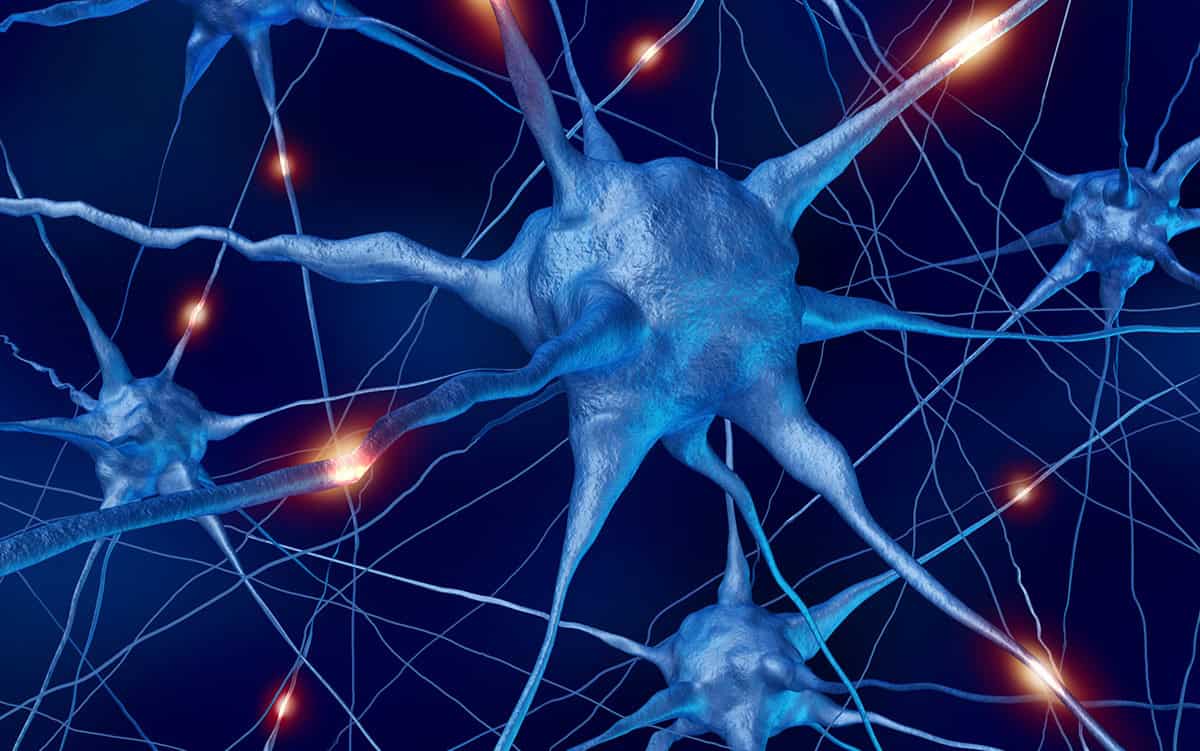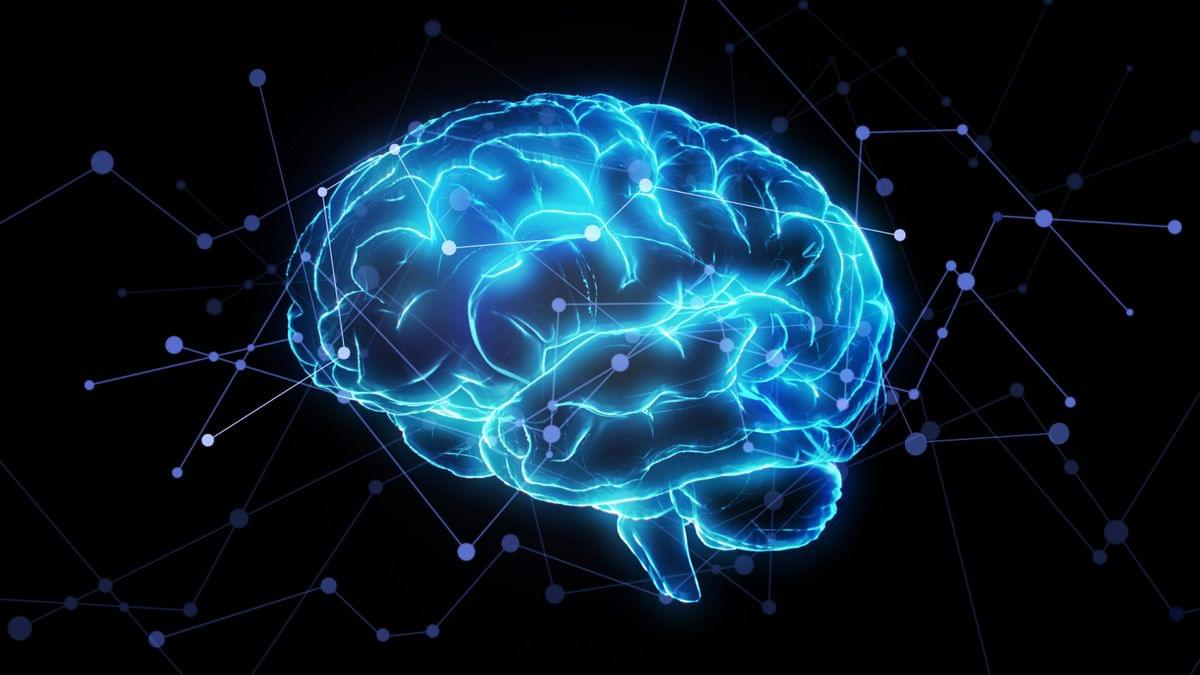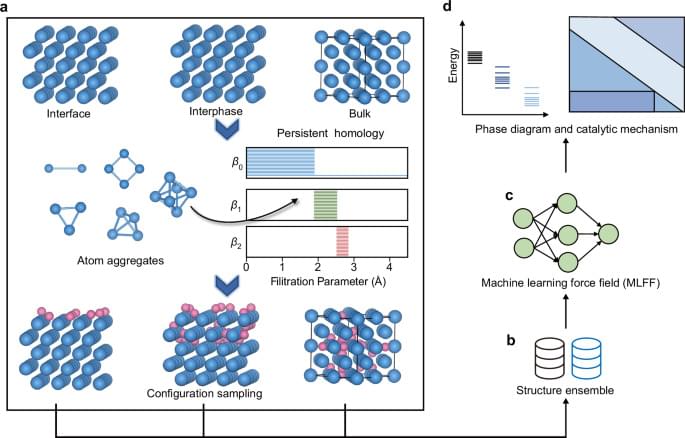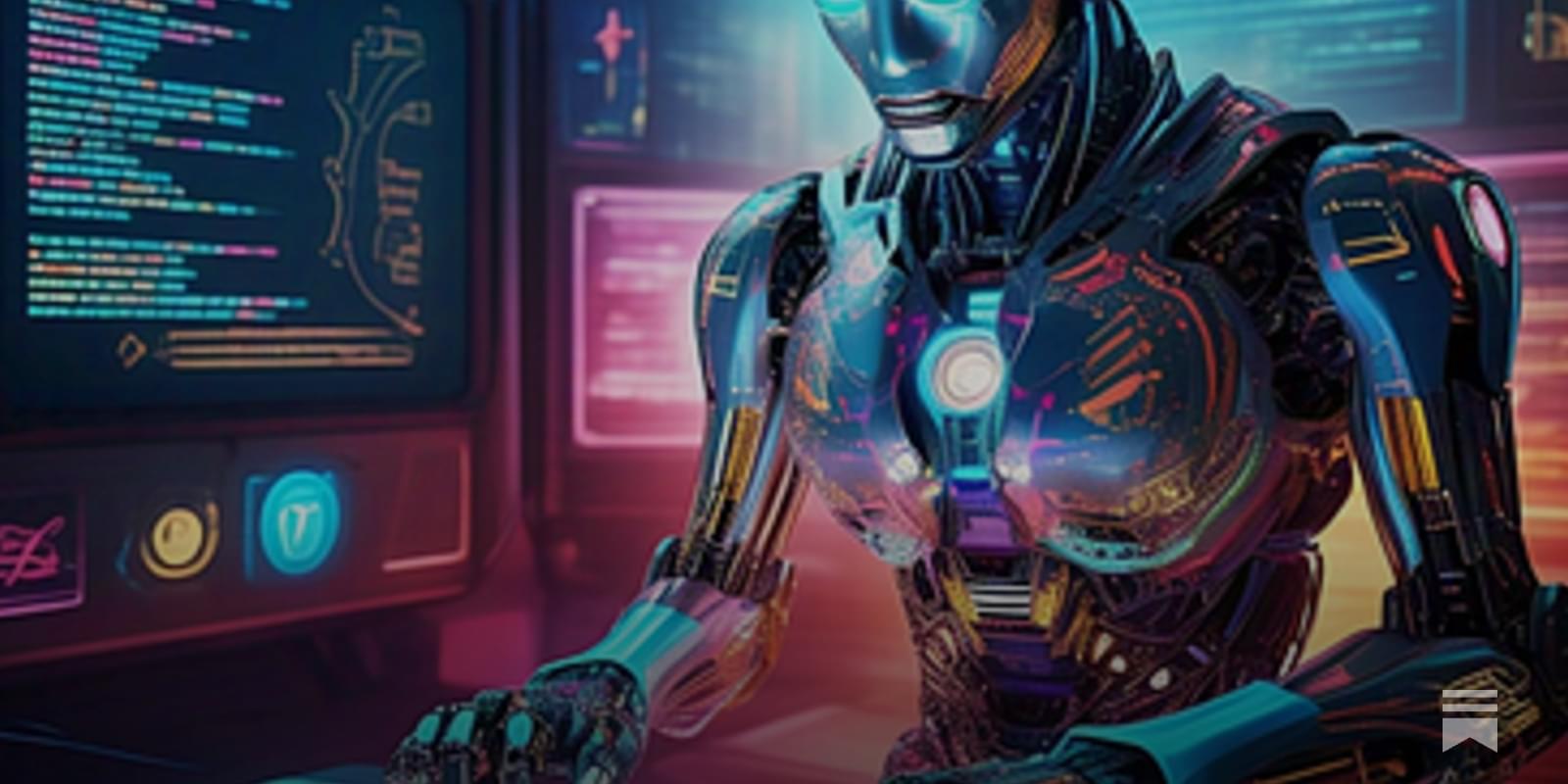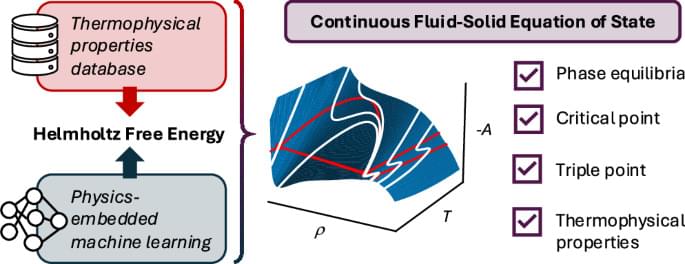In today’s AI news, believe it or not AI is alive and well, and it’s clearly going to change a lot of things forever. My personal epiphany happened just the other day, while I was “vibe coding” a personal software project. Those of us who have never written a line of code in our lives, but create software programs and applications using AI tools like Bolt or Lovable are called vibe coders.
S how these tools improve automation, multi-agent collaboration, and workflow orchestration for developers. Before we dig into what Then, Anthropic’s CEO Dario Amodei is worried that spies, likely from China, are getting their hands on costly “algorithmic secrets” from the U.S.’s top AI companies — and he wants the U.S. government to step in. Speaking at a Council on Foreign Relations event on Monday, Amodei said that China is known for its “large-scale industrial espionage” and that AI companies like Anthropic are almost certainly being targeted.
Meanwhile, despite all the hype, very few people have had a chance to use Manus. Currently, under 1% of the users on the wait list have received an invite code. It’s unclear how many people are on this list, but for a sense of how much interest there is, Manus’s Discord channel has more than 186,000 members. MIT Technology Review was able to obtain access to Manus, and they gave it a test-drive.
In videos, join Palantir CEO Alexander Karp with New York Times DealBook creator Andrew Ross Sorkin on the promises and peril of Silicon Valley, tech’s changing relationship with Washington, and what it means for our future — and his new book, The Technological Republic. Named “Best CEO of 2024” by The Economist, Alexander Karp is a vital player in Silicon Valley as the CEO of Palantir.
Then, Piers Linney, Co-founder of Implement AI, discusses how artificial intelligence and automation can be maximized across businesses on CNBC International Live. Linney says AI poses a threat to the highest income knowledge workers around the world.
Meanwhile, Nate B. Jones is back with some commentary on how OpenAI has launched a new API aimed at helping developers build AI agents, but its strategic impact remains unclear. While enterprises with strong LLM expertise are already using tools like LangChain effectively, smaller teams struggle with agent complexity. Nate says, despite being a high-quality API, it lacks a distinct differentiator beyond OpenAI’s own ecosystem.
We close out with, Celestial AI CEO Dave Lazovsky outlines how their “Photonic Fabric” technology helps to scale AI as the company raises $250 million in their latest funding round, valuing the company at $2.5 billion. Thats all for today, but AI is moving fast — subscribe.

